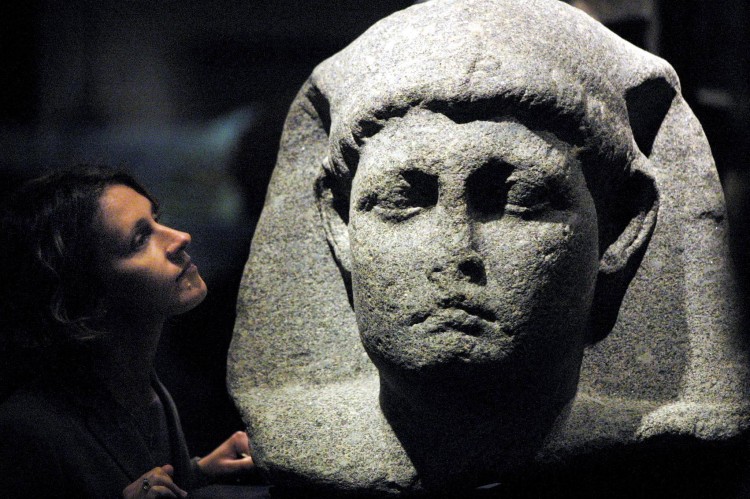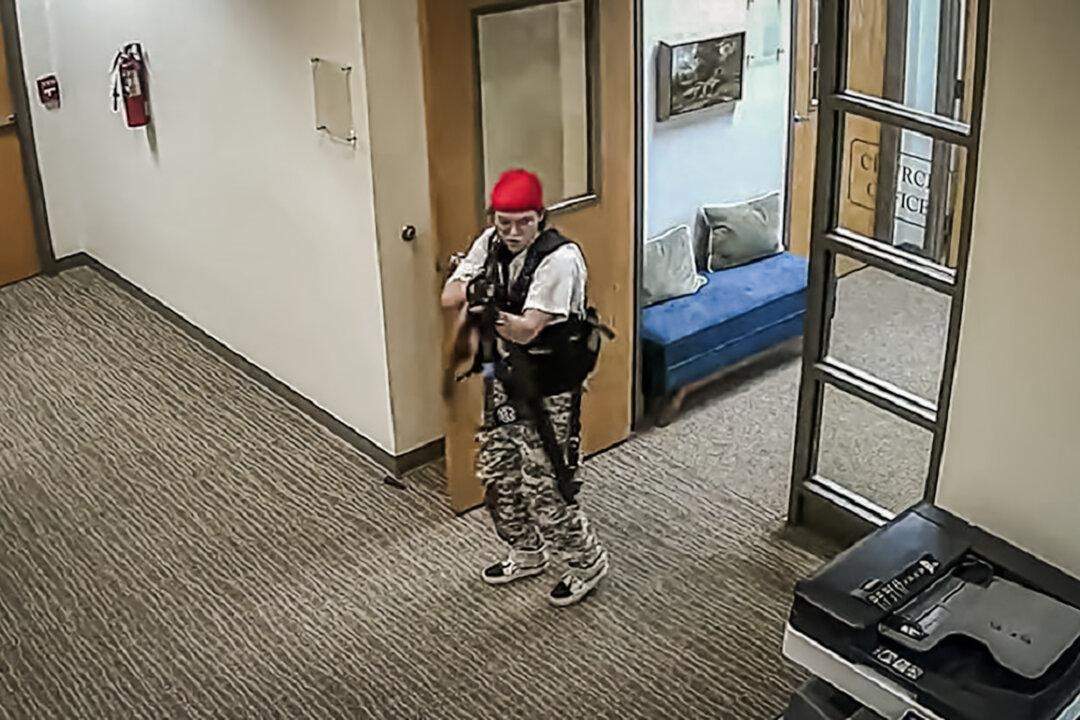Cleopatra’s murdered sister, Arsinoe IV, who was said to be murdered by the Egyptian pharaoh had her remains identified. An archaeologist said she found sister’s bones in a ruin known as the Octagon in Turkey.
The bones belonging to the sister, or possibly half-sister, of Egyptian pharaoh Cleopatra were identified by an archaeologist this week, it was reported.
Researcher Hilke Thur claimed she identified the bones of Arsinoe IV, which were discovered in Turkey, according to Charlotte News-Observer.
In 1904, archaeologists began excavating a ruin known as the Ephesus, which is known as the Octagon due to its shape. Inside the ruin was a burial chamber, which contained the bones of a young woman. Thur, an archaeologist with the Austrian Academy of Sciences, believes the ruin is was a tribute to the Lighthouse of Alexandria, one of the Seven Wonders of the Ancient World.
“When I was working with the architecture of The Octagon and the building next to it, it wasn’t known whose skeleton was inside. Then I found some ancient writers telling us that in the year 41 B.C., Arsinoe IV—the half-sister of Cleopatra—was murdered in Ephesus by Cleopatra and her Roman lover, Marc Antony,” Thur told paper.
She added: “Because the building is dated by its type and decoration to the second half of the first century B.C., this fits quite well. I put the pieces of the puzzle together.”
Arsinoe IV was the younger half-sister or sister of Cleopatra, the Ptolemaic dynasty ruler known as the last pharaoh of Egypt. She lived from 69 B.C. to 30 B.C. It was said that Cleopatra saw Arsinoe as a threat and had her killed.
“In antiquity, ordinary people were not buried within the city. That privilege was only for special people—those with an aristocratic background, or people who did special things for their city. So the body must have belonged to a special person. Also, the skeleton was of a woman,” Thur elaborated.
The skull of the skeleton in the Octagon “had been removed for tests; it disappeared in Germany during World War II. But there are photos of the skull, and notes written down by those who examined it,” Thur added. She concluded that Arsinoe had an African mother, but that claim has been disputed.
“We get this skull business and having Arsinoe’s ethnicity actually being determined from a reconstructed skull based on measurements taken in the 1920s?” wrote David Meadows, a classicist and teacher from Canada, according to Discovery.com.
And Cambridge classics professor Mary Beard said Arsinoe and Cleopatra might not have shared the same mother. “In that case, the ethnic argument goes largely out of the window,” she said, according to the website.







